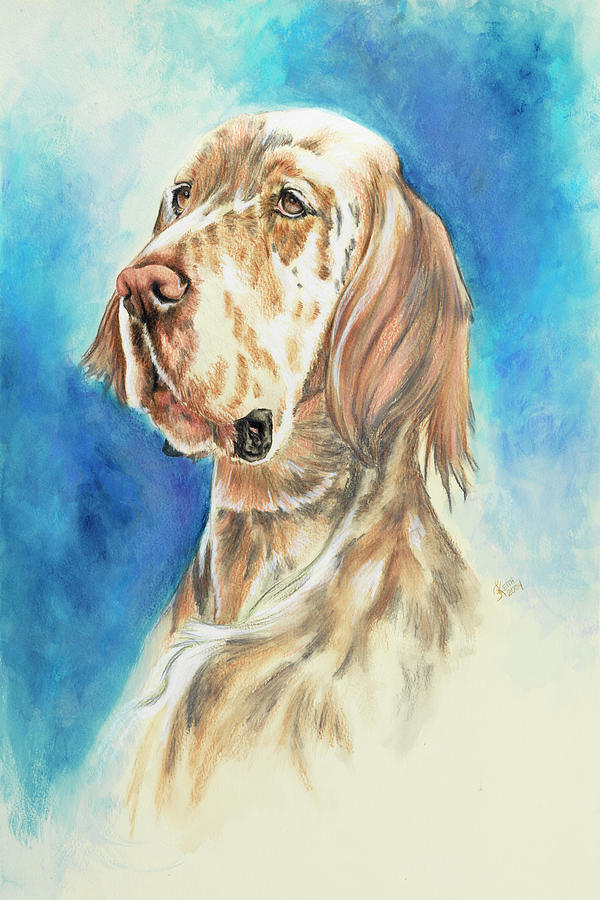
“Moderate” is a word found in a lot of breed standards, and we’ll circle back to one of them after first touching upon the terrain of England near Wales – also described as “moderate.”
The United Kingdom is blessed with fascinating topography, some of it quite dramatic, but the border between Wales and England is characterized by rolling hills, low-lying valleys, and a mix of agricultural land and wooded areas. As compared to other parts of Wales, say, the mountainous regions of Snowdonia in the northwest, the landscape is less rugged. The Shropshire Hills and the Clwydian Range in the border region are marked by undulating landscapes, rolling hills, open moorlands, and yes, some rugged cliffs, but as one moves away from the border and towards central England, the terrain gradually becomes flatter. In a word, this area is generally moderate.
Hunters in the UK developed sporting dogs (specifically, setters) to be their helpers in the field, and as a whole, the purpose of these setters was to hunt upland game, to seek and find birds, and use the wind while quartering the terrain. But hunters of the UK knew they needed dogs that could work the topography of the land on which they hunted. Scotland had its moors – harsh country with heavy cover – and that called for a sturdy dog with plenty of bone to work through it. They had the Gordon Setter.
With its wide open fields, Irish hunters developed the fastest of the setters to streak across those grasslands. But Ireland also had peat bogs, and if dogs were to maneuver the soft and bog like terrain, they could not be coarse or heavy. Irish hunters had the Irish Setter and the Irish Red and White Setter (the older of the two).
The most moderate of the four setters is the English Setter, a breed eminently suited to hunt on gentler land conditions. Indeed, the breed standard faults extremes of anything that distort type, and thus, the English Setter has a grace about it, and certainly no coarseness. Its bone is somewhere between the boning of the setters of Ireland and the Gordon, and that makes the breed suitable for open and more moderate terrain, not as hard or high as found in Scotland, and not as boggy or soft like Ireland.
All four setters need a length of neck that enables them to retrieve game from the ground without crouching, so each breed has a neck length that accommodates his height, but the boning is different. In general, the Setters of Ireland are tall and more refined as compared to the Gordons which are the heaviest of the Setters because they worked in heavy cover. The English Setter is known as the moderate Setter, a gentleman’s hunting companion able to cover ground in English fields in search of upland game birds, and do it for the better part of the day.
These days, not as many dogs are not given the chance to hunt as they once were, but in our view, they should still be built and conditioned to do so. Hat tip to the English Setter owner who hunts and shows their dog and you have are one of them, we’ve love to see your photos!
Image: English Setter by Barbara Keith
http://barbara-keith.fineartamerica.com
http://barbara-keith.artistwebsites.com/
http://www.redbubble.com
